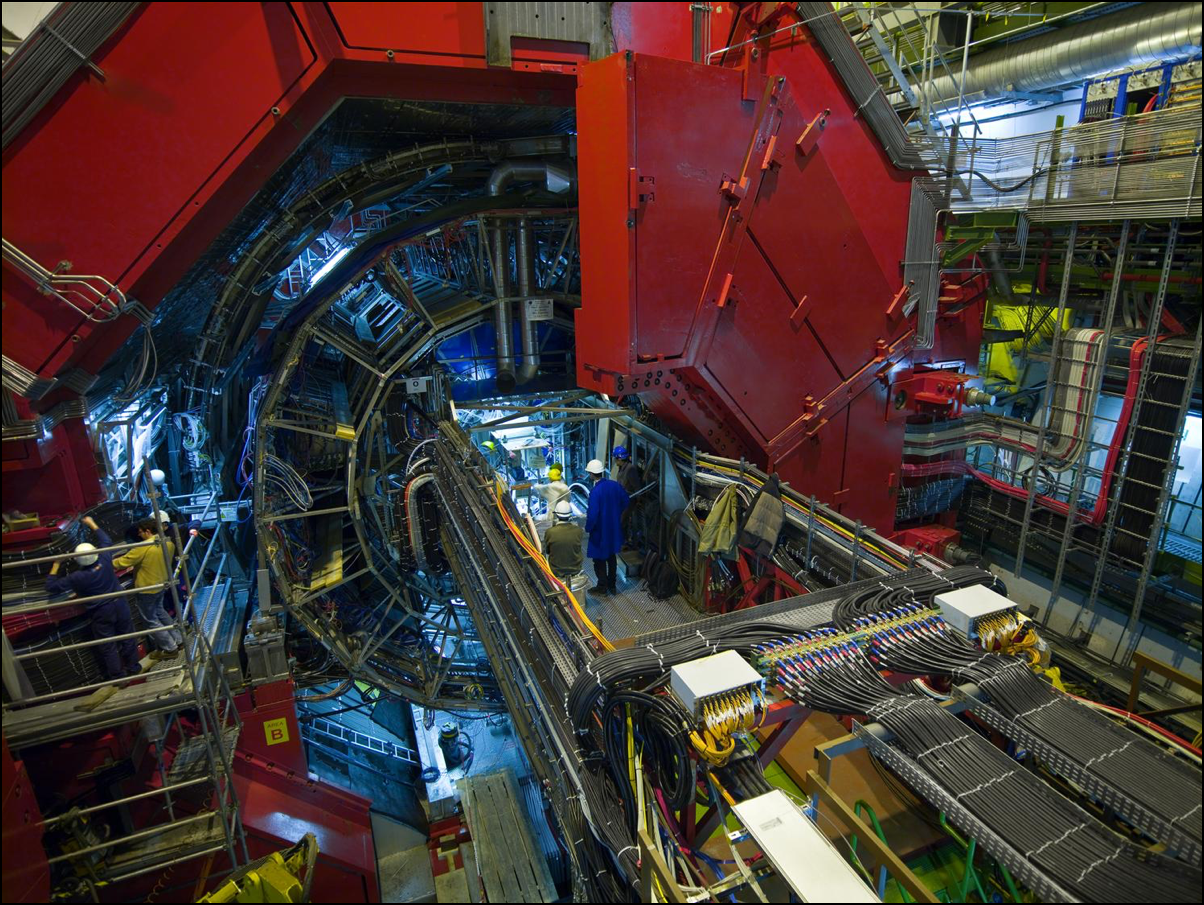D. Allan Bromley Professor Emeritus of Physics, Yale University
The research interests of Professor John Harris are focused on understanding the behavior of nuclear, hadronic and partonic matter at high energy densities. Quantum Chromodynamics calculations on a lattice predict that a transition from normal nuclear or hadronic matter to a deconfined phase of matter consisting of interacting quarks and gluons, known as the quark-gluon plasma (QGP), will occur at extremely high energy densities above approximately 2 GeV/fm3. This corresponds to a temperature of 2 x 1012 Kelvin. Such energy densities are predicted to have existed a few microseconds after the Big Bang and are expected in collisions of heavy nuclei at ultrarelativistic energies. Formation, discovery and determination of properties of the QGP is the primary purpose of ultrarelativistic nucleus-nucleus experiments at the Relativistic Heavy Ion Collider (RHIC) at Brookhaven Laboratory on Long Island in New York and at the Large Hadron Collider at CERN in Geneva, Switzerland. John Harris was involved in the original proposal to initiate a nucleus-nucleus experimental program at CERN to search for a possible QGP phase transition, and has been an active member in the planning, conceptual design, construction, data aquisition and physics of ultrarelativistic nucleus-nucleus experiments NA35 and NA49 at CERN, and the STAR (Solenoidal Tracker at RHIC) experiment at Brookhaven. He was the founding spokesperson for STAR from 1991 until 2002. In addition to his work on STAR, he is currently focusing his research effort on the ALICE experiment at the LHC at CERN and is National Coordinator for the ALICE-USA Collaboration. Research activities focus on identifying the QGP and determining its properties.
- see MAJOR EXPERIMENTAL PROPOSALS for more information.
